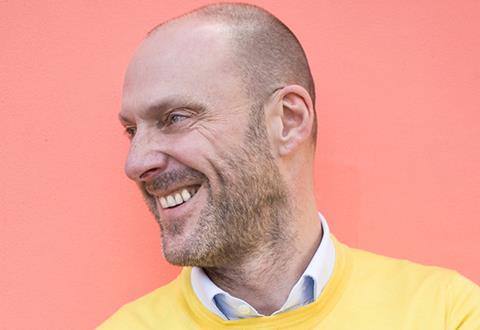There’s no manual for returning to work. What works for the next practice might not work for yours. But this is the time to seize opportunities, writes Martyn Evans

Back to the office? Not back to the office? Gradual easing or another lockdown? Who knows? Whatever the answers, there are two issues that will define what happens over the short term: complying with the rules (legal or moral) and deciding what is best for your business. Over the coming months we need to get past the first and focus all our attention on the second.
I’ve written before on these pages about how the emergence from lockdown is the greatest opportunity we’ve had in years to change our business and make it better for everyone. So this, now, is the moment when we need to take a deep breath and make the decisions that will shape our future.
Like most businesses, mine is grappling with how to get back to some sense of normality in the office. We’ve surveyed our staff and spent hours debating how to organise our work so that it meets the needs of a very diverse group of people. I’m not sure we have all the answers yet but we know that if we insist on getting back as closely as possible to how it was before it will probably fail.
It’s not that the world has completely changed – it hasn’t. Nor is it that we’ve all had an epiphany about a new way of life that is infinitely better than the old. What has happened is that we’ve been forced into a period of reflection that has raised valid questions about how we organise our work in an ever-changing world. If we don’t pay attention to this, then I think we will miss a real opportunity to make things significantly better.
It’s easy to work out a plan that gets you close enough back to how things were. It’s ingrained. But for who? Is the way things were best for parents with young children? Given the revelation that lockdown has brought to many young parents about the joy of spending more time with their kids, albeit in a somewhat difficult juggling operation with work and home studying, there has to be an answer to a better, more productive way of life that fits better with school-age kids.
And what about young people who have grown up building their relationships and social networks as much online as in person. Certainly not for them the need to get the hang of this “new-fangled Zoom thing” with all the worry it brings about losing that human connection that the office offers. But it is true that physical proximity to other people does provide a much better context for learning even if it is just by listening and watching those with much greater experience.
So what’s the answer? I don’t think it’s revolution. I think it’s a careful understanding of your particular company and the people who work in it. It’s about working out what they need to make their lives easier, happier and consequently more productive – because as employees and collaborators in a shared endeavour that’s what really matters.
It’s about empathy and not assuming that your life experience should shape the policy that defines everyone else’s. Even if it is your company. And it’s about leadership – the difference between asking your employees what they want and giving it to them and listening to what they say and using your experience and insight to adapt it to a system that will work for everyone.
It’s a tricky tightrope to walk, running a business right now. But then when hasn’t it been? As business leaders I know we are all desperate to get to the end of this difficult time. But think back to the normal world you are yearning for. When did you ever feel like things were perfect? I hope never. Because the world is never perfect. Running a business is a constant process of improvement in response to a changing environment. It’s just that the last six months have been a little trickier that most.
My advice: lift your head up and keep going.
















2 Readers' comments